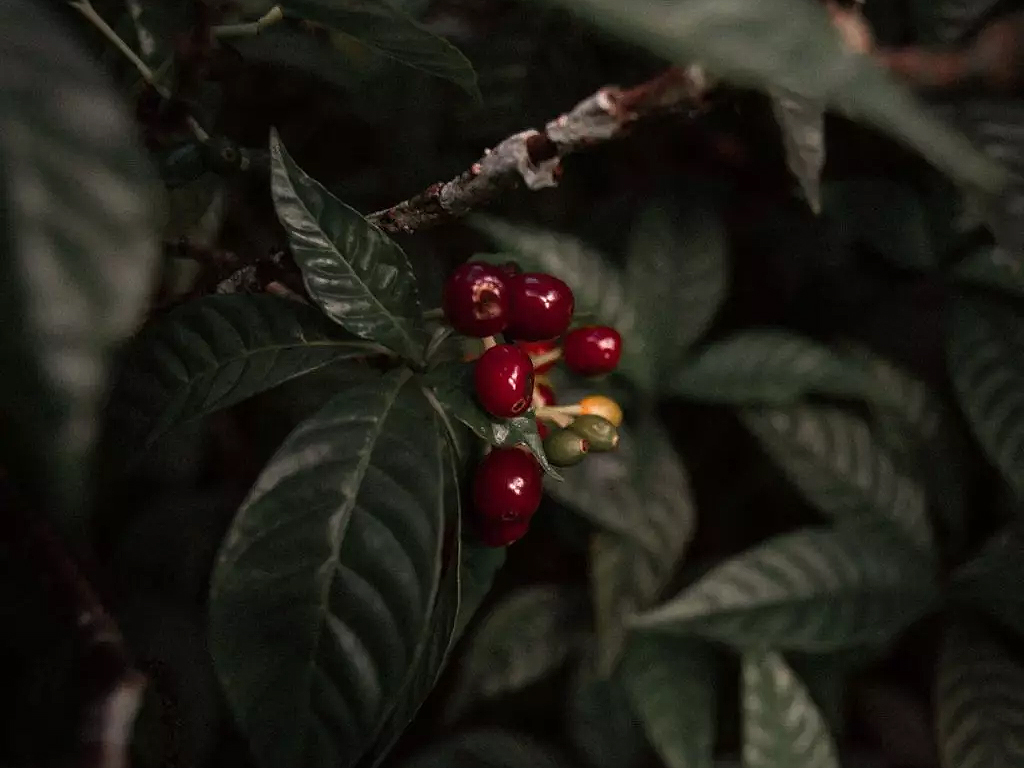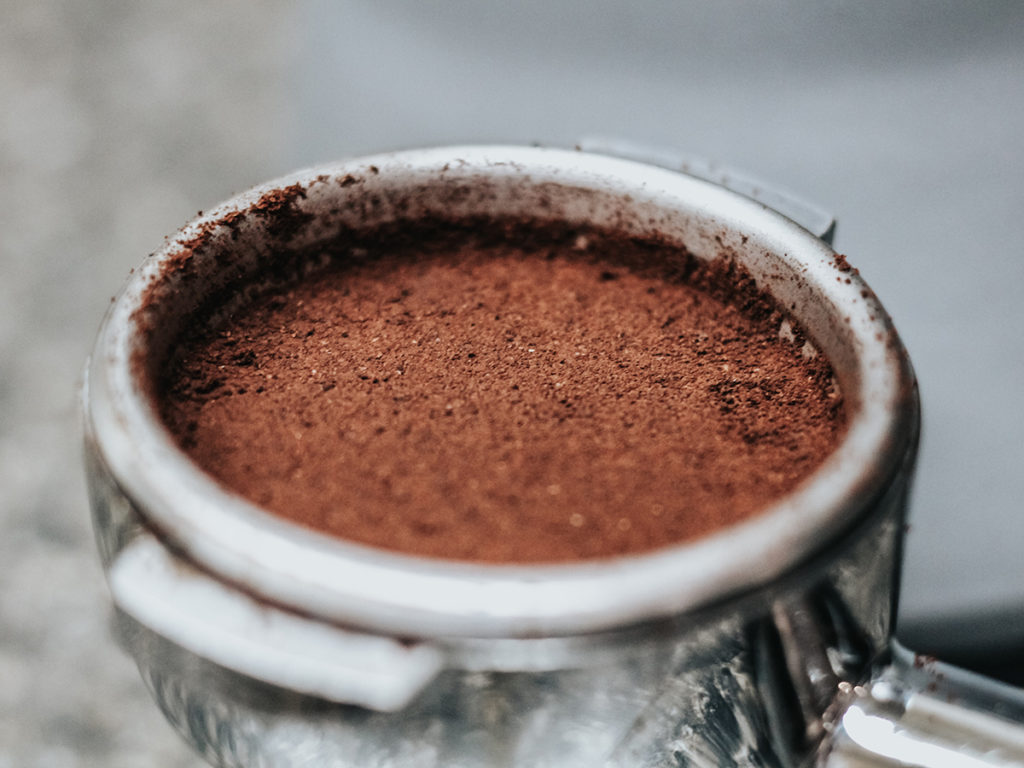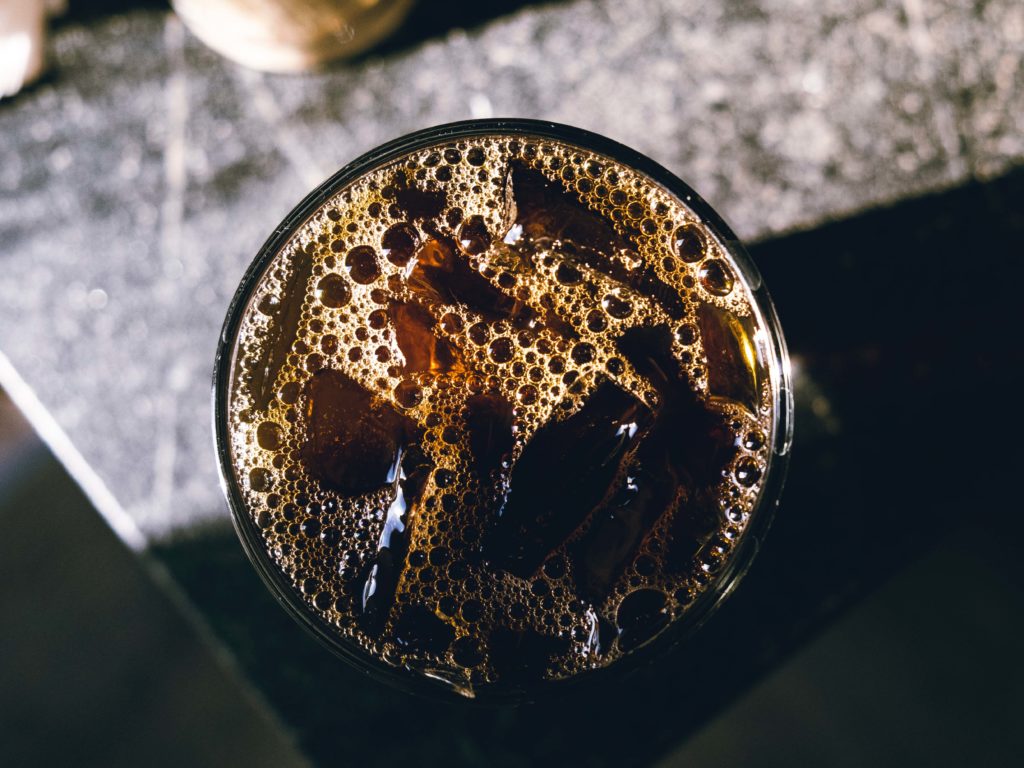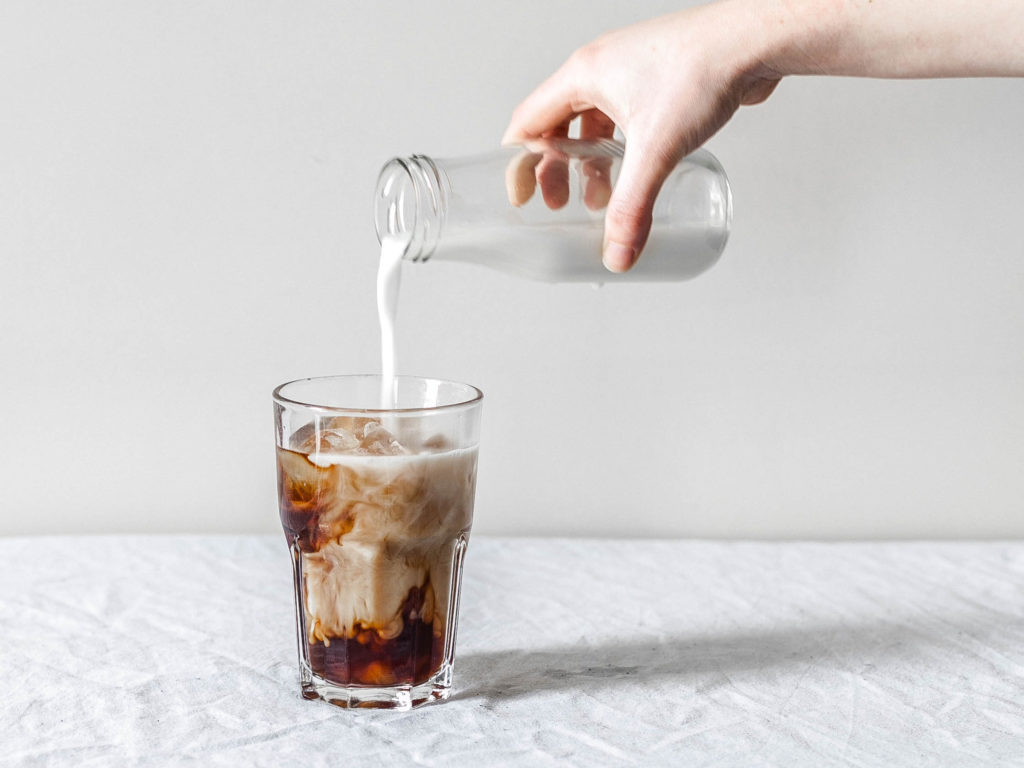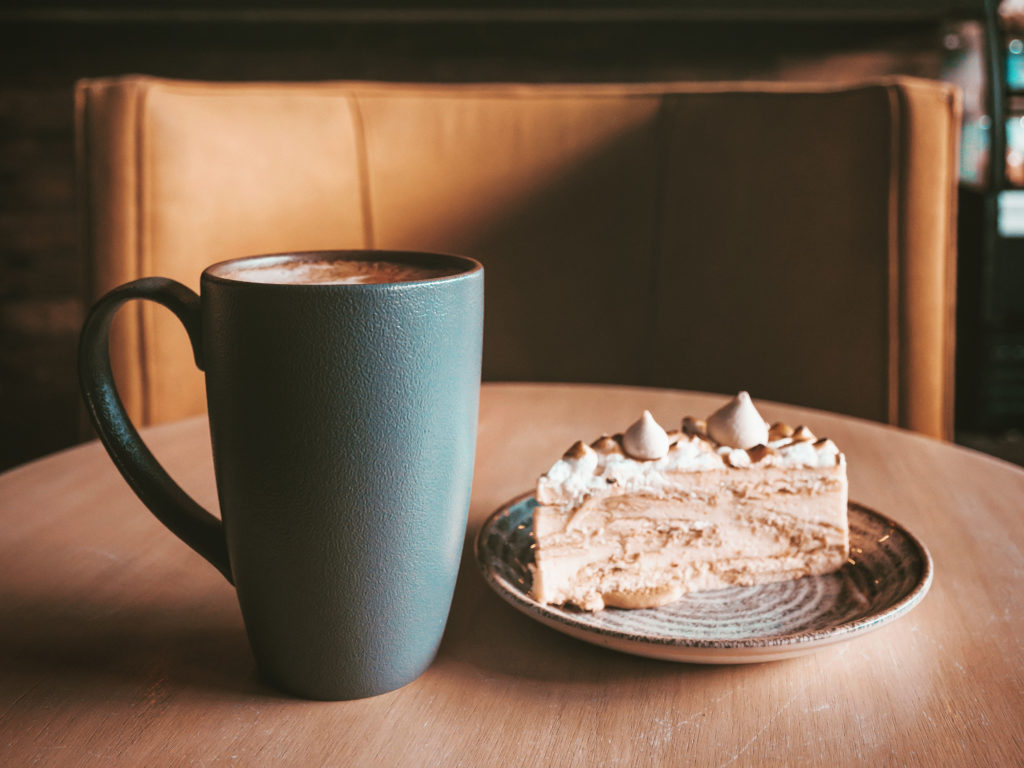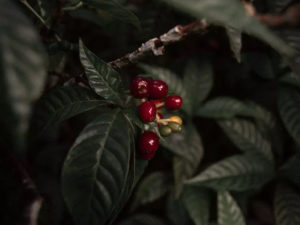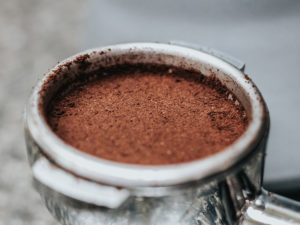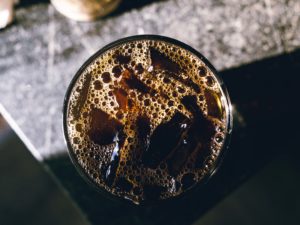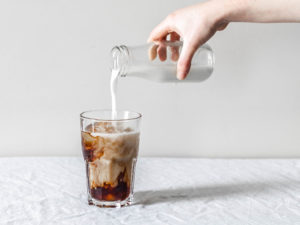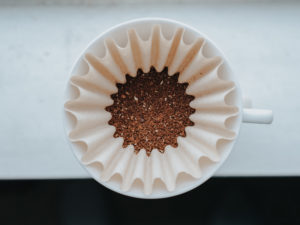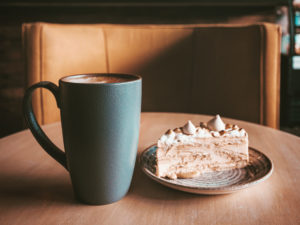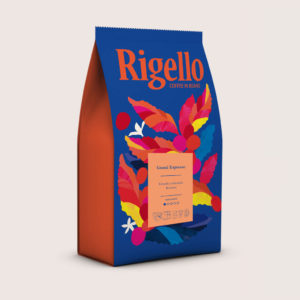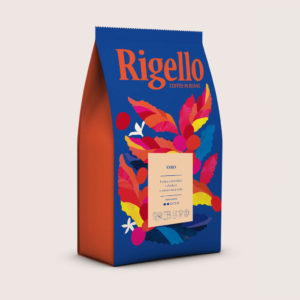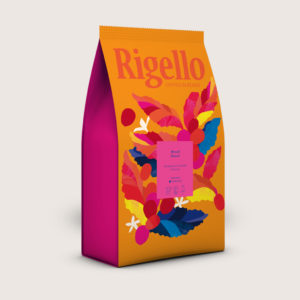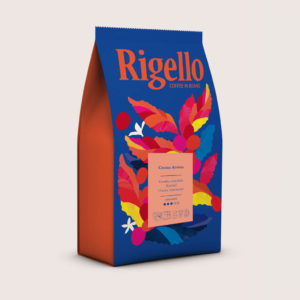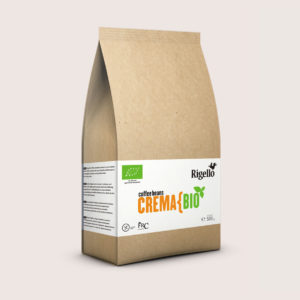Coffee roasting is like polishing diamonds – this process cannot be skipped as it has a key impact on the final result. It is not without reason that roasters are considered artists who create true masterpieces of taste and aroma. Did you know that it is up to them to a large extent whether you will like the prepared coffee? Today we will tell you what degrees of coffee roasting are distinguished and how this parameter affects the flavor profile of each coffee blend.
Roasting coffee – what is it?
First, let’s explain in a few words what coffee roasting really is. In the coffee industry, it is said to be the exposure of raw coffee beans to high temperatures. As a result of this process, the beans are roasted and acquire a characteristic brown color. When coffee is roasted, the so-called aromas of roasting, which determine the final taste of our drink.
Why is coffee roasting such an important part of the entire coffee bean processing process? Before roasting, raw beans are green and have an unpleasant, grassy aftertaste. Their smell also does not resemble the one that we associate with the intense aroma of coffee. The smoking process produces up to 1,000 different aromatic substances. They are what give coffee a unique flavor that stimulates our taste buds. However, it is worth remembering that if coffee roasting takes too long, there is a high risk that the beans will smoke and become too bitter.
Coffee roasting degree markings
According to the National Coffee Association (NCA), there are 4 levels of roasting coffee beans:
- light roast(Light Roast, Light City, Half City, Cinnamon, New England) – Coffee beans are only heated for 7-8 minutes, and after the first crack is formed, they are immediately removed from the oven. Lightly roasted beans are generally pale brown in color and have a dry surface;
- medium roast(Regular Roast, City Roast, Breakfast Roast, American, City Roast Medium) – these beans are roasted for 10-11 minutes, have a fuller body and darker color, but still have a surface it is not oily;
- medium-dark roast(Full City Roast, Vienna, After Dinner Roast) – the roasting time of the beans is about 11-12 minutes, making them darker and fatter compared to those obtained during medium roasting ;
- dark roast(French Roast, Italian Roast, Espresso Roast, Continental Roast) – dark roasted beans shine from the oil produced and have a very dark color. The 14-minute roasting time also has a big impact on the flavor profile of the beans obtained.
The degree of coffee roasting and the taste of the drink
As you can see above, the main factors that affect the degree of roasting of coffee are the total roasting time and the time taken by each phase of the roasting process. To put it simply, we can say that the shorter the beans are roasted, the more aromas we can get in it, including e.g. citrus, fruit, chocolate and nut. This is because these flavor notes are developed in the early roasting phase of the beans, so there are more of them during quick roasting.
Unfortunately, light roasting is not always the way to go. In a situation where we do not want to have specific aromas in a given coffee blend, the roaster must properly adjust the roasting profile to the effect he wants to achieve. For example, espresso blends are typically characterized by a low acidity level, which can be obtained by slowly burning the organic coffee acids contained in the beans. The darker the beans are roasted, the greater the chance that the coffee will have less acidity.
What does dark roast coffee taste like versus light roast coffee?
It’s time to get down to business. Who will like light roasted coffee and who will appreciate the taste of medium roasted coffee? Light roasting of beans softens the taste of coffee and makes it delicate and light on the palate. Importantly, the caffeine content in such grains is the highest, so drinks prepared on their basis add energy to start the day. In the case of a medium degree of roasting, the taste is slightly more balanced – the natural acidity is definitely lower, and the aroma is still well perceptible and delicate. Medium roasted beans also have an optimal caffeine content.
If, on the other hand, we choose a medium-dark roast, then we will feel much more bitterness in the drink, and the coffee aroma itself will be stronger and more chocolatey. As the roasting process extends, the sugars in the beans are caramelized, resulting in a sweeter coffee flavor. A very dark roast, on the other hand, makes the coffee gain the highest level of bitterness and loses its natural acidity. In such coffee, the caffeine content is very low, and the flavor notes change to the aroma of chocolate and nut.
Is there such a thing as the best roast rate? Unfortunately not. While some people find a medium roast to be full of flavor and aroma, which lowers the acidity a bit and softens the flavor of the coffee, others will prefer light beans that deepen the flavor of dried fruit and dark chocolate.
So how do you find the balance? The goal of coffee roasters is to show all the best properties of their coffee blends. Therefore, roasters with the utmost care select the method of roasting the beans that will bring out their full sweetness, acidity and aroma, and consequently complement the overall taste of coffee.

